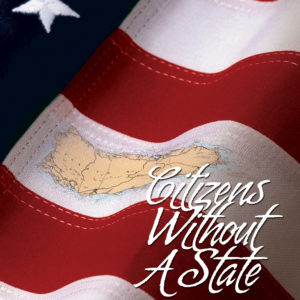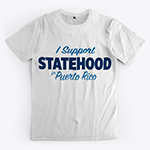SNAP, also known as the Supplemental Nutrition Assistance Program, is a federal program that provides nutrition assistance to low-income individuals and families. Formerly known as food stamps, SNAP helps millions of Americans access healthy and nutritious food each year. The program is administered by the United States Department of Agriculture (USDA) and is available to individuals and families who meet certain income and eligibility requirements. It is provided to people living in the states and in some of the territories, but not in Puerto Rico.
The Nutrition Assistance Program (NAP) is a similar program that is available to residents of Puerto Rico. NAP is the Puerto Rican equivalent of SNAP, and it is designed to provide nutrition assistance to low-income residents of the island. Like SNAP, NAP is administered by the USDA, but it is funded and managed separately from the mainland SNAP program.
Separate and not equal
Despite the similarities between SNAP and NAP, there are some significant differences between the two programs. One of the biggest differences is the level of funding and support that each program receives. While SNAP is a federally funded program that receives significant resources and support, NAP receives less funding and support from the federal government. This has led to some challenges and limitations for NAP, including restrictions on the types of foods that can be purchased with NAP benefits and limits on the amount of benefits that can be provided to eligible individuals and families.
Another difference between SNAP and NAP is the eligibility requirements for each program. While both programs are designed to provide nutrition assistance to low-income individuals and families, the specific requirements for each program are different. For example, the income thresholds for NAP are lower than those for SNAP, so people living in Puerto Rico are often not eligible for assistance even though they would receive SNAP if they lived in a state.
The funding for SNAP is based on the needs of the states. They receive more when they need more. In Puerto Rico, there is a block grant with a cap, and when the money runs out, no more federal funds are available without special action by Congress.
Time for change
Puerto Rico’s status as a territory of the United States plays a role in the administration and funding of NAP. Because Puerto Rico is not a state, it does not receive the same level of federal funding and support as the 50 states. This week, Sens. Kirsten Gillibrand, Richard Blumenthal, and Chuck Schumer introduced The Puerto Rican Nutrition Assistance Fairness Act in the Senate. Rep. Jenniffer Gonzalez-Colon has already introduced the companion bill in he House of Representatives. The bill will transition Puerto Rico to SNAP coverage.
Certainly, this should be done. However, we must note that such a transition can be temporary. Puerto Rico was part of SNAP until Congress excluded the Island in 1981. If Congress passes this bill, a future Congress will be able to exclude Puerto Rico again. Congress could not exclude Utah, Vermont, or Delaware from SNAP. States have rights. Territories are subject to the whims of Congress.
Statehood will provide justice and equal rights for Puerto Rico. Join us in the movement toward statehood for Puerto Rico.








No responses yet